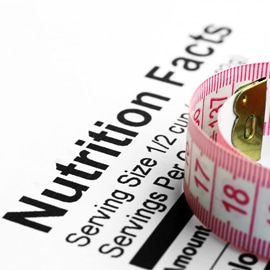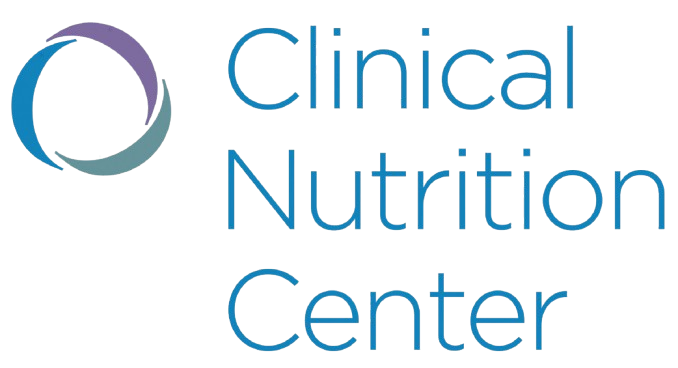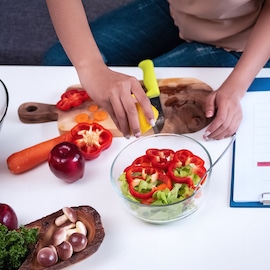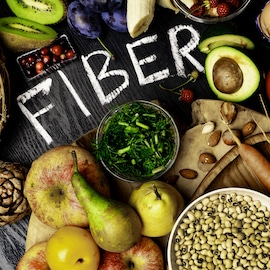
Shopping for Your Weight Loss Diet
Healthy food choices at the grocery store are the foundation of a nutritious diet. During your medical weight loss program, learning how to be a careful and knowledgeable supermarket shopper will help you make healthy food choices and continue to follow a diet that maximizes your ability to keep weight off and stay healthy.
 Healthy food choices at the grocery store are the foundation of a nutritious diet. During your medical weight loss program, learning how to be a careful and knowledgeable supermarket shopper will help you make healthy food choices and continue to follow a diet that maximizes your ability to keep weight off and stay healthy.
Healthy food choices at the grocery store are the foundation of a nutritious diet. During your medical weight loss program, learning how to be a careful and knowledgeable supermarket shopper will help you make healthy food choices and continue to follow a diet that maximizes your ability to keep weight off and stay healthy.
For those on an OPTIFAST program, meal replacements will make your initial weight loss diet simpler, but smart shopping strategies will help as you transition back to normal foods. Anyone trying to lose weight or maintain weight loss can benefit from becoming a better shopper, which you can do by:
Avoiding the Aisles
Most grocery stores are set up in a similar way. Prepackaged, processed and frozen foods can be found in the central aisles, while fresh produce, meat and dairy are located along the perimeter. You should try to make the bulk of your purchases within this outer ring to avoid the unhealthy options that are often found within the aisles. Look for foods in their freshest forms first, then move on to the aisles for specific ingredients you can’t buy fresh.
Checking the Facts
If you’re wondering just how healthy something is, take a look at the nutrition label. Reading labels can help you determine whether or not a food will fit into your weight loss diet, and it’s also a good way to cut through the false or misleading health claims that you may find on packages in the store. In general, remember to look for foods that are low in carbs, cholesterol, fat, sodium and sugar and high in fiber, protein, minerals and vitamins.
Making a Plan and Sticking To It
Instead of deciding what to make for dinner when you get home from work, try sitting down once a week to figure out what you’ll eat for every meal in the days ahead. This will make cooking simpler, but it will also make it easier to shop—by writing down every ingredient you need, you’ll know everything you’ll need to buy, and what you can leave out of your shopping cart.
Start making a list of the things you’ll need to prepare the meals you plan on making, like lean proteins and fresh produce. Once you’re in the store, this list can be your step-by-step shopping guide. Buy only the things you write down and tenaciously resist impulse purchases. Shopping on a full stomach can also help you reduce the temptation to buy something extraneous.
The next time you go shopping, remember: simple shopping strategies like these can be a big help as you lose weight and maintain the progress of your program.




